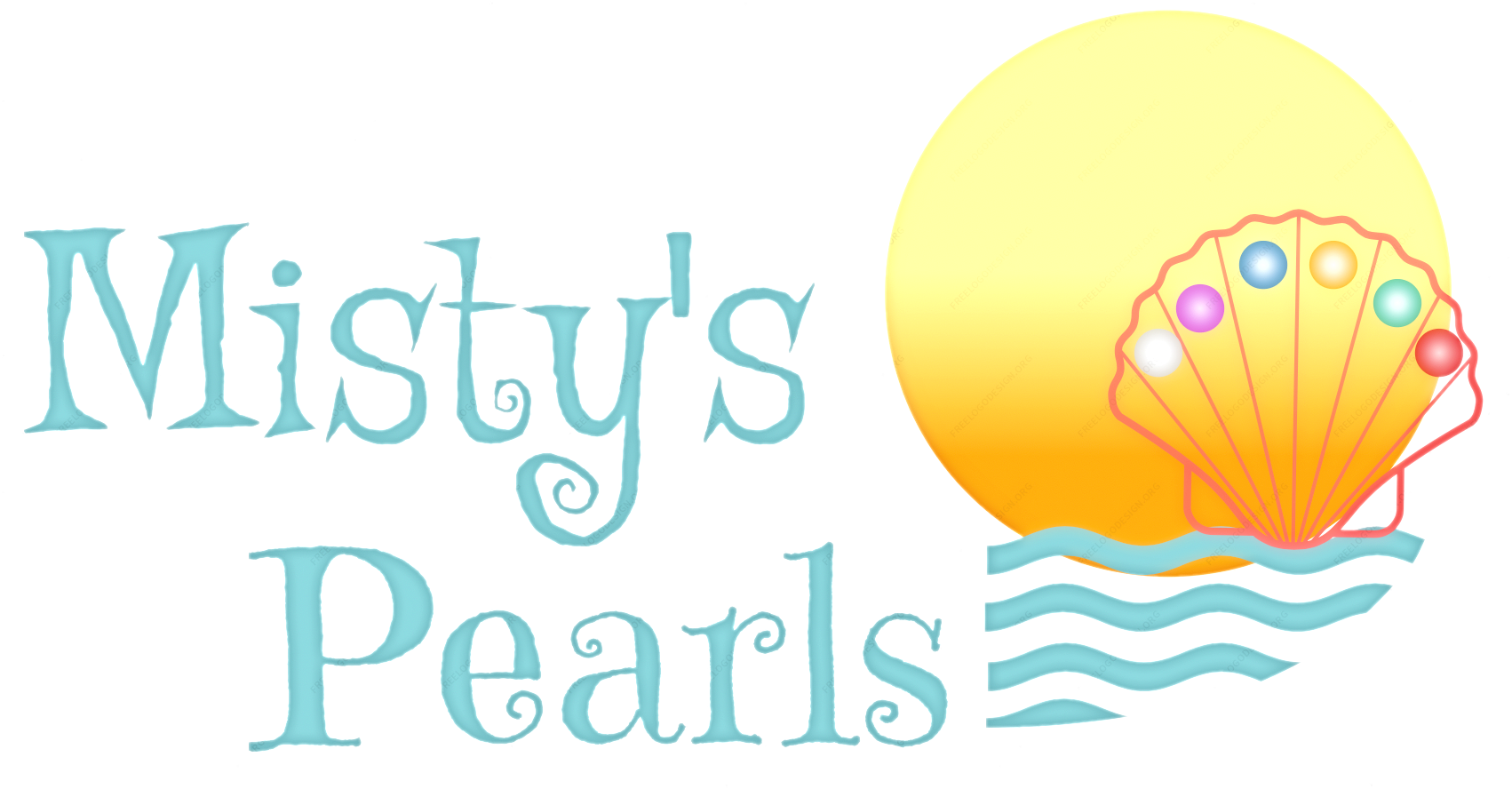Pearl Type
There are three main pearl types used in jewelery:
- Freshwater
- Akoya
- South Sea (White, Golden and Tahitian)
Each type of pearl is produced by a different species of oyster and each oyster lives in a different region of the world under very specific climatic conditions.
Pearls are unique among gemstones in that they are natural, organic products of living creatures, so they have different grading standards. Seven factors determine the quality, value and beauty of pearls: size, shape, colour, lustre, surface quality, nacre quality and matching. A pearl's ultimate size and quality can depend on several variables - the size and health of the mollusk that produced the pearl, the size of the nucleus and the amount of time the mollusk spent underwater adding layers of nacre to build the pearl. Other factors also include the climate and the nutrient conditions of the mollusk's growth environment.
Pearl Size
Pearls are measured by their diameter in millimetres. Tiny seed pearls can be smaller than 1mm, while South Sea pearls, as large as 20mm, have been found. If all other quality factors are equal, the size of a pearl will determine its value. Only a 1 millimetre increase in pearl size will be a substantial jump in both appearance and value. The importance of a pearl's size to its ultimate value depends on the pearl type. If a high quality pearl is larger than usual for its type, it will be worth more than smaller pearls of the same type. The average pearl sold today is between 6.5mm and 11mm
Pearl Color
A pearl's colour contains three basic components - hue, the colour's first impression; tone, its lightness or darkness; and saturation, its strength or intensity. Pearl colours tend to be muted displaying a broad range of subtle hues. A pearl's colour can have three main characteristics:
Pearls come in a variety of colours from white to black and every shade in between. All pearls display body-colour but not all pearls will display overtones or orient. It is important to distinguish between colour and overtone. For example, some naturally occurring colours are white, champagne, aqua, green, golden and black. Within each colour category there are a number of common overtones or subtle variations in the surface iridescence. Overtones are translucent colours which sometimes appear over top of a pearl's main body-colour. These overtones tend to alter the body-colour somewhat as well as adding depth and glow.
Some pearls have no overtones at all while some display an orient that shows a rainbow iridescence which is an incredibly rare factor only seen in approximately .01% of pearls produced today. The term orient refers to the shimmering, iridescent colours which appear to move and glitter when the pearl is turned. This phenomenon is caused by the way in which light is reflected through the various thin layers of nacre which make up the pearl.
Pearl Matching
Pearl matching is more important when considering a strand of pearls. Minor variations between pearls within a strand should be expected as no two pearls are identical. When considering pearl matching, uniformity of pearl factors such as size, shape, colour and lustre should be taken into account.
Information on this page was sourced from https://rawpearls.com.au/pearl_knowledge/determining_pearl_quality
